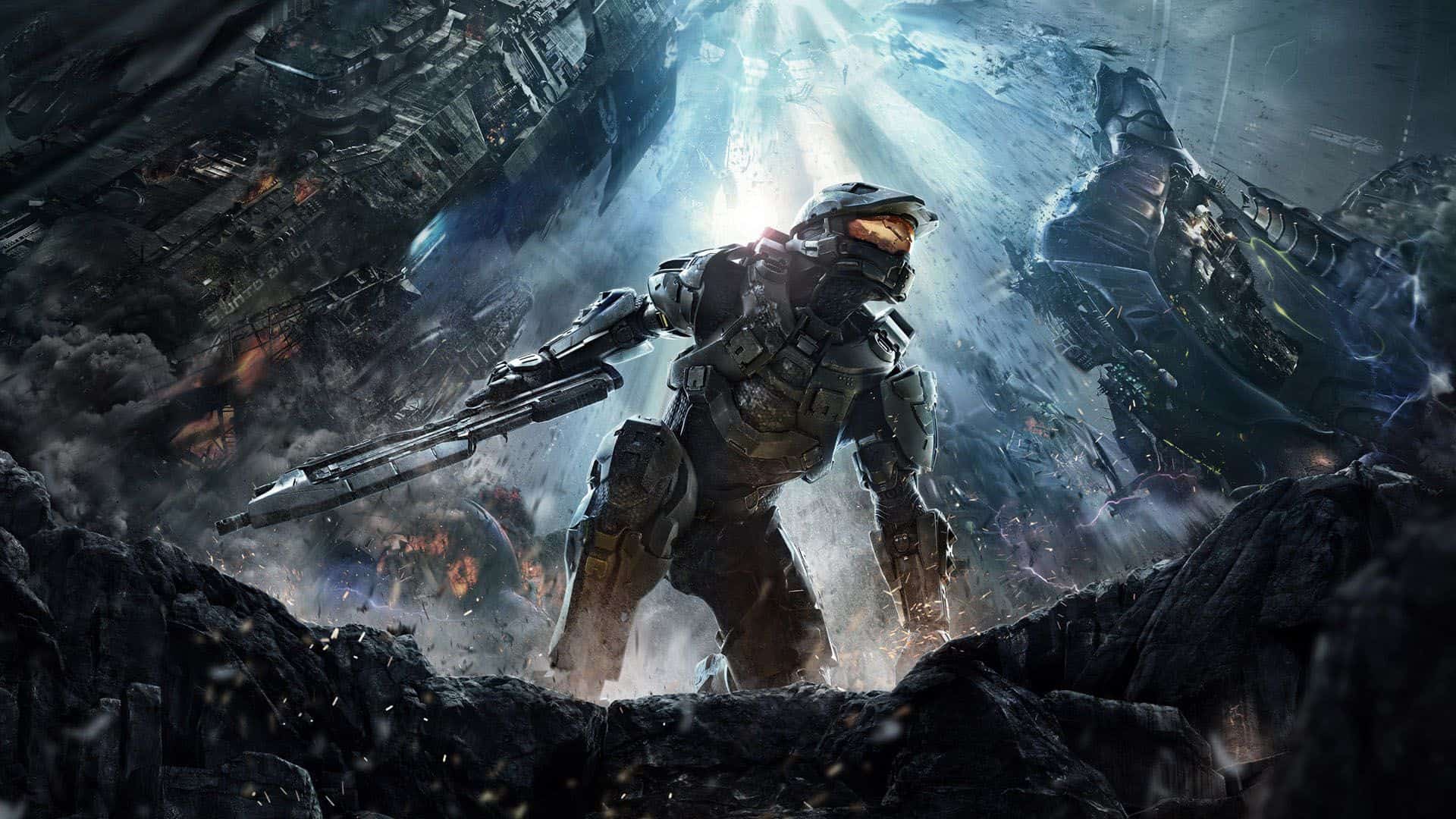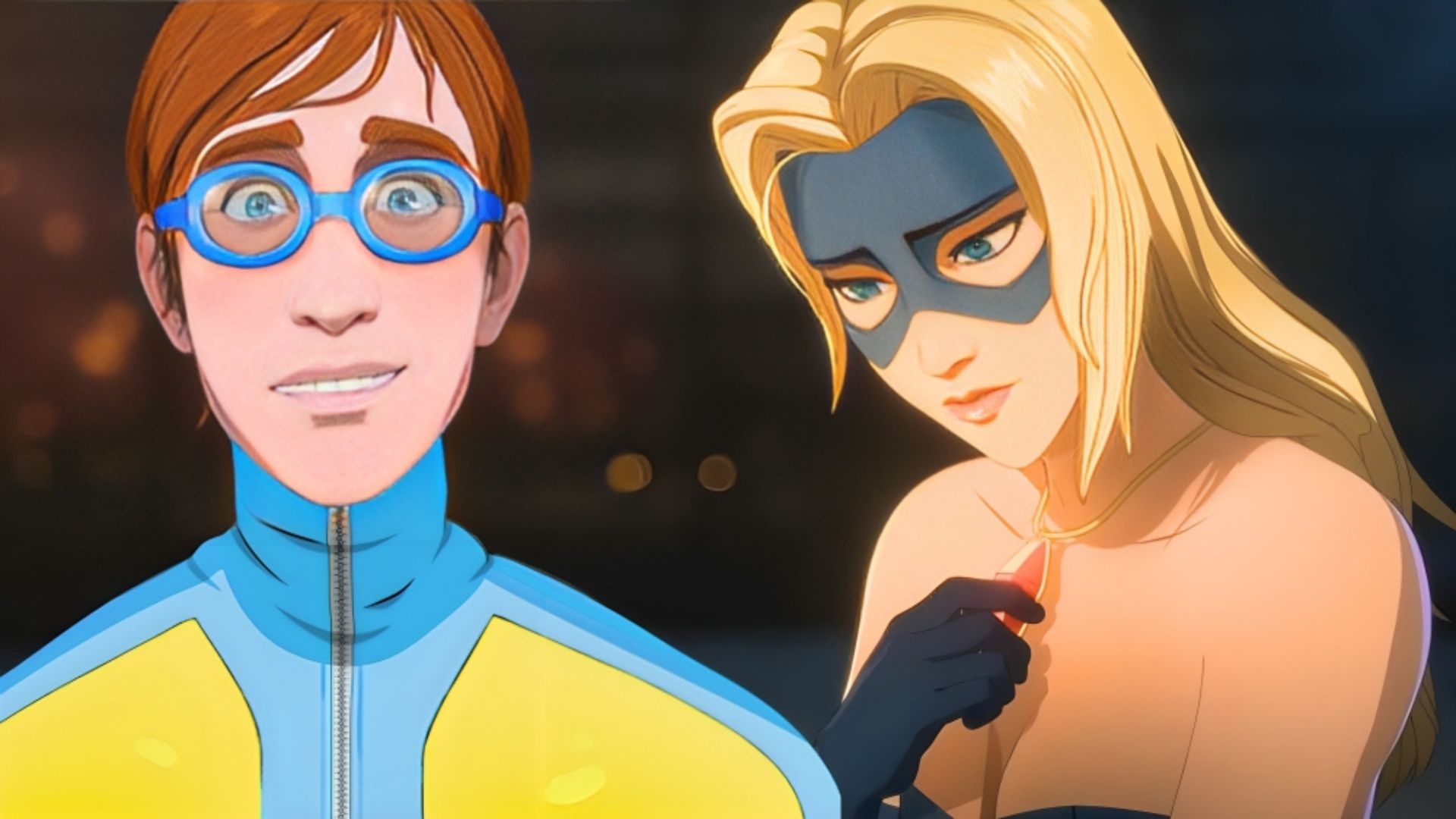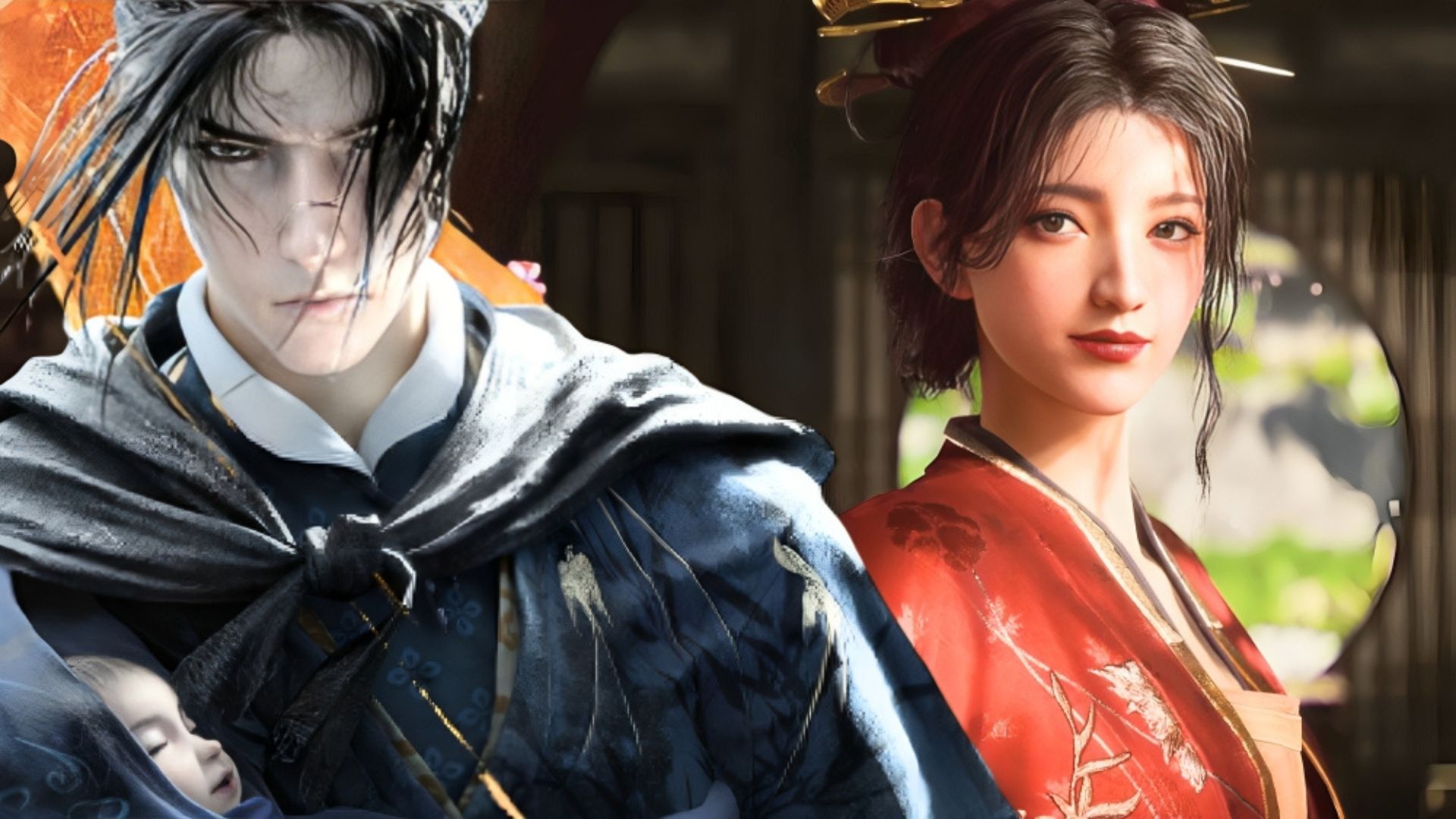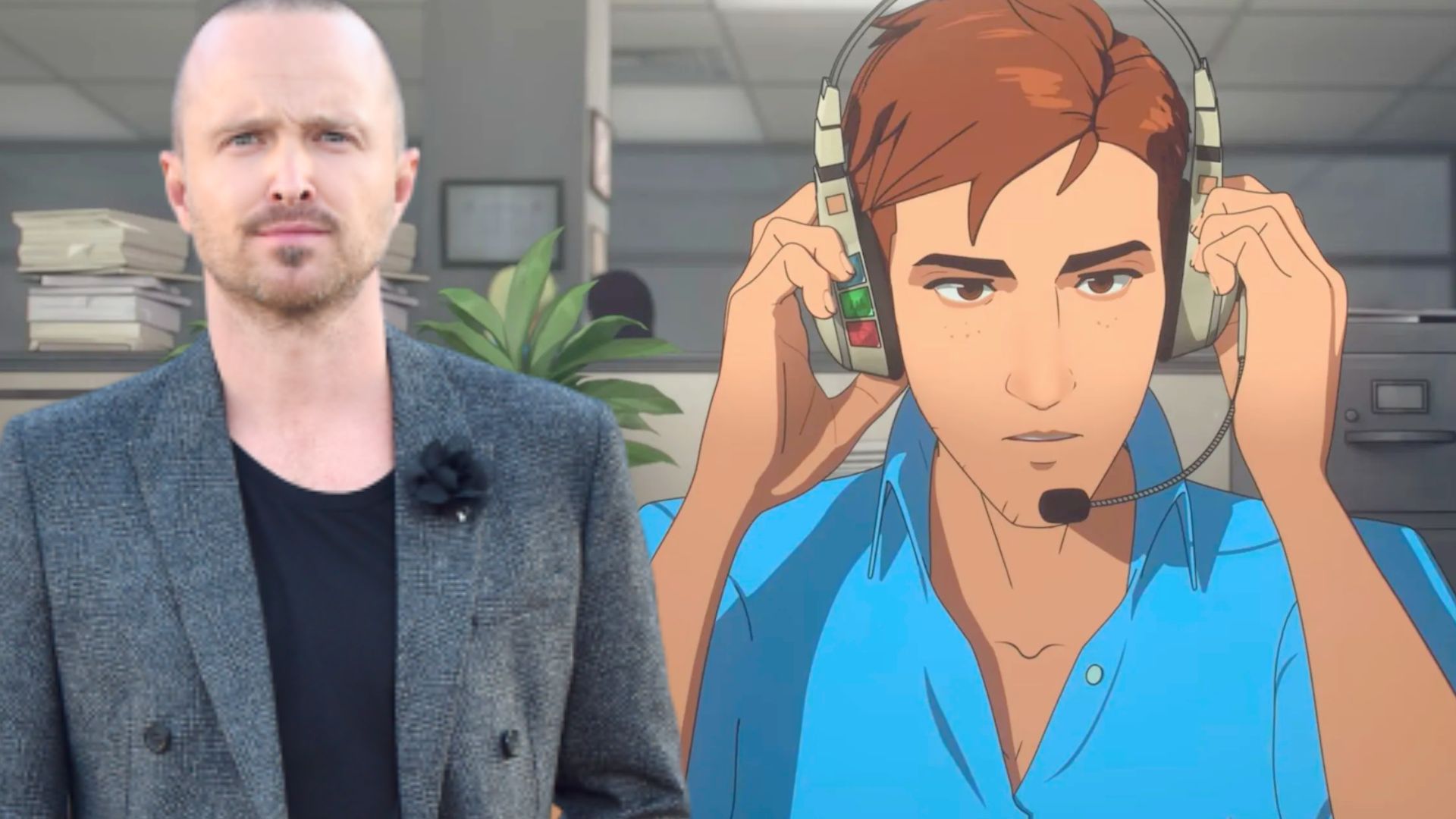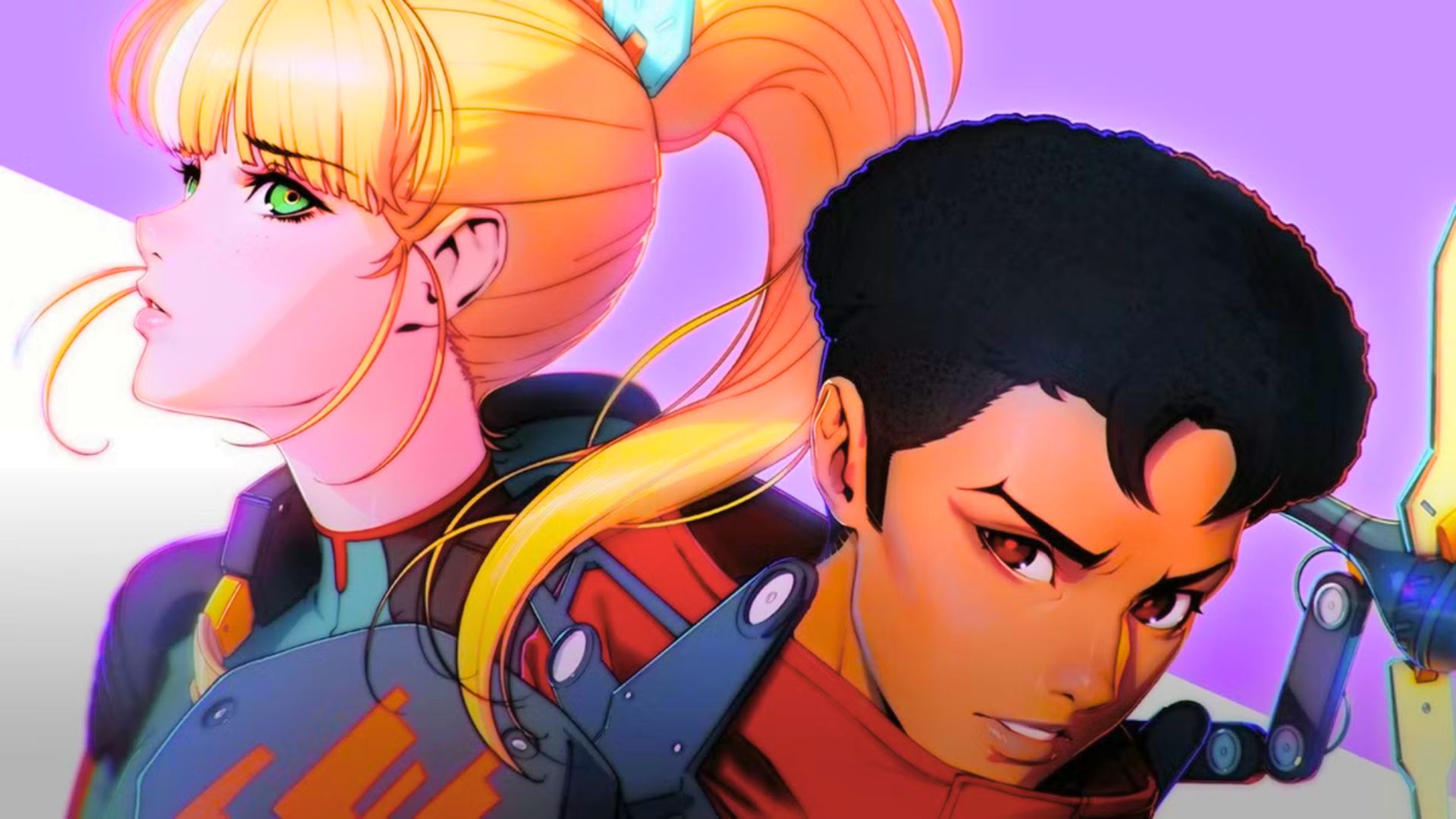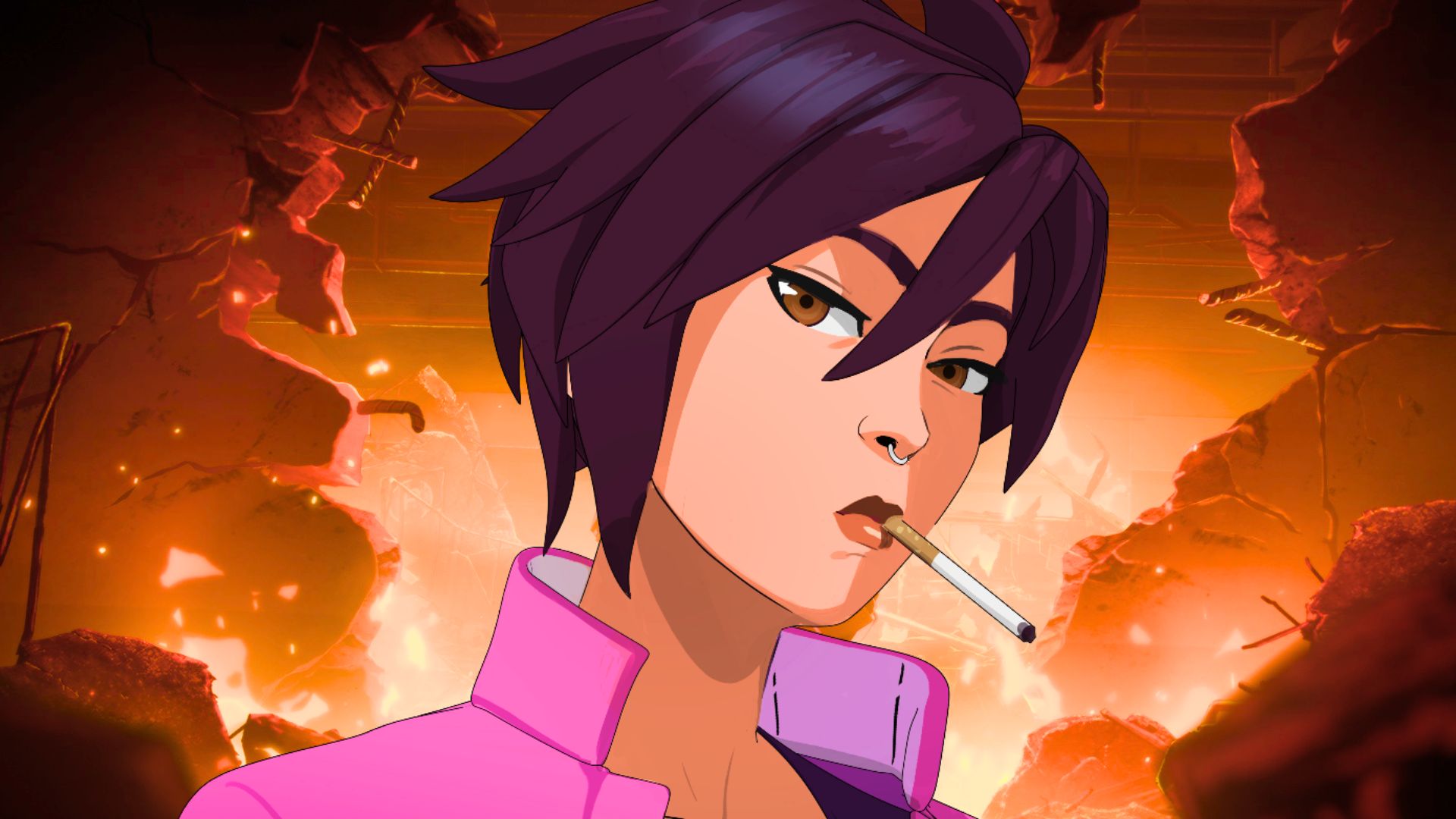You can trust VideoGamer. Our team of gaming experts spend hours testing and reviewing the latest games, to ensure you're reading the most comprehensive guide possible. Rest assured, all imagery and advice is unique and original. Check out how we test and review games here
Halo 4 launched November 6, 2012, around four years after the formation of 343 industries, and whilst things could have gone better, Halo franchise development director Frank O’Connor believes the team has plenty to celebrate.
“Halo 4, despite being the seventh or eighth game in the Halo series (depending on how you count them), was our first game,” wrote O’Connor on Halo Waypoint. “That is to say, our first-ever fully fledged title, built from the ground up creatively and technologically. So let me save you the trouble of trolling my statement: We have a lot to learn. We made a lot of mistakes. We can do better. And we know this, and we will. But I don’t want to spend the first moments of the year thinking about the negatives, because frankly, I am incredibly proud of both the team and the game that team created.
“And for a first effort, it wasn’t half bad.”
He continued: “Stepping into Bungie’s oversized shoes would have been difficult, even for a well-established team. The challenge of wrangling that engine, that universe and that community was dizzying, even withering. Four years ago when our charter began, the challenge of starting the seed of a development team and then creating a sequel to Halo terrified us. A small group of us – names you know, like Kiki Wolfkill, Bonnie Ross, Kenneth Scott Josh Holmes and other characters who have moved on to different projects, different places – was tasked with doing something that was almost impossible.
“But the team grew. And we learned. And we’re still learning. And the game arrived and it succeeded. Halo 4 is the best and fastest-selling Halo game in the series. It won critical acclaim. It won awards, from Best Graphics at the VGAs to Game of the Year at the Inside Gaming Awards. We altered the engine. We expanded the universe. We innovated in storytelling, technology, and even marketing. It wasn’t flawless by any stretch of the imagination, but by most objective criteria, it was a resounding success. So we know we have a lot to do. And we know we have a lot to learn. But we also know that we now have the capacity, the teamwork, the technology and the experience to do much better next time.”
He added that the team is now set to produce even greater things in the future: “There are a ton of things we wish we’d done better: Features that didn’t make it into the final game. Glitches that emerged. Missteps made. DLC fiascos. Communication breakdowns. But there were things that went astonishingly well – the creation of a genuinely competitive AAA studio chief among them. A collection of talent and souls that can do something genuinely amazing on this and next-generation hardware. The overhaul of an amazing game engine – but one that really needed to be overhauled – and an amassed education on systems, people, code and audience that will stand us in great stead for the future.”
O’Connor concluded: “I’m more excited about the future than the past. Excited about what this team is already working on. Excited about what this team is capable of. And excited about the future of Halo. A future we want you to be a part of. A future we’re building for you.”
The question now is whether 343 will continue to make Halo games for the Xbox 360 or is already at work on a title for Microsoft’s next-generation console? O’Connor’s comments suggest the team still has more to come for the Xbox 360, but if the next Xbox is just around the corner surely Microsoft will want its flagship studio to be working on that too.
Source: Halo Waypoint

